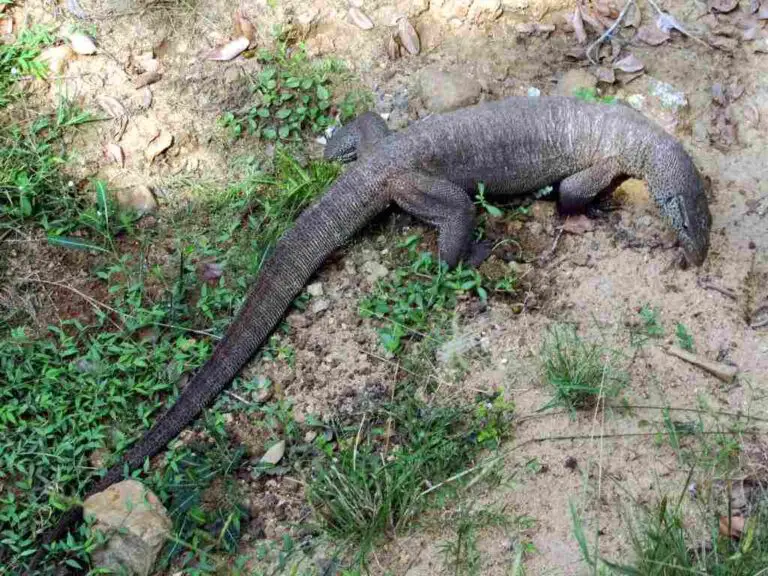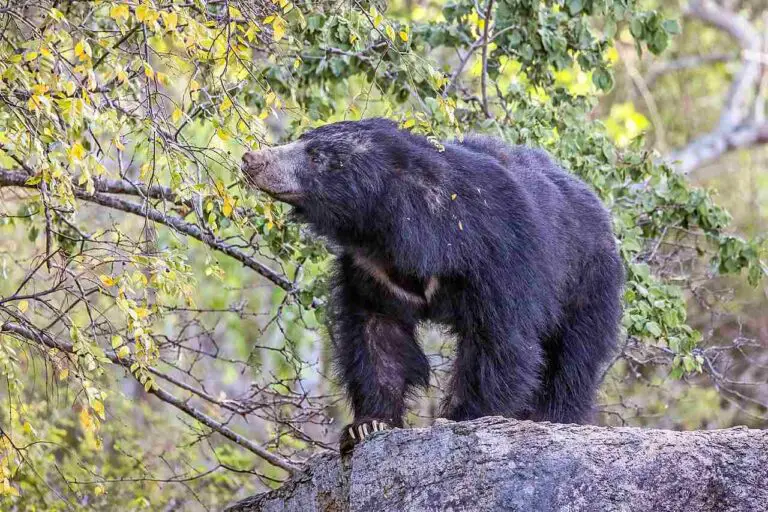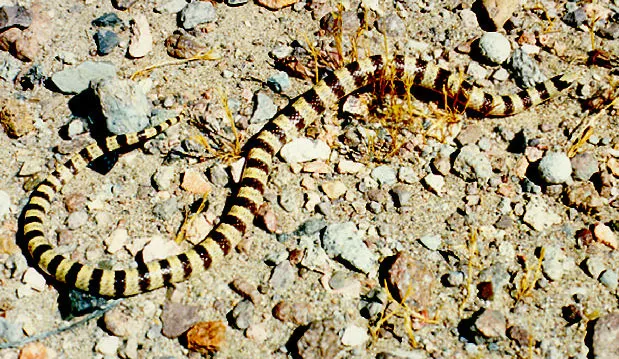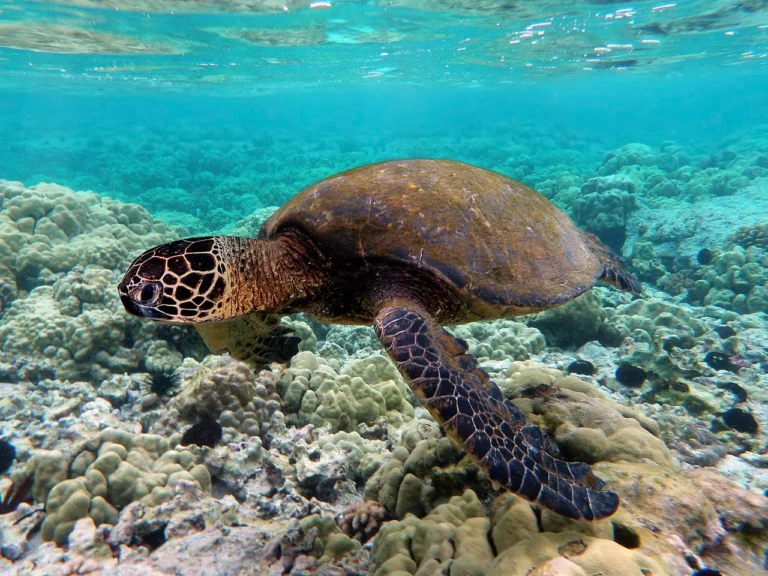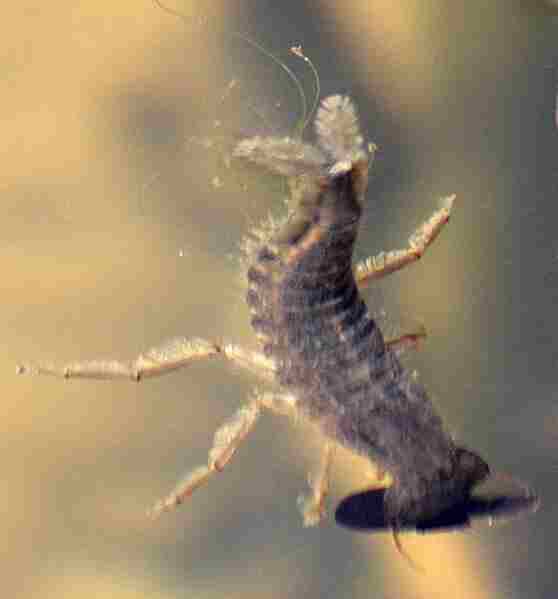Top 10 Most Dangerous Animals In Hawaii And Their Characteristics
The top 10 most dangerous animals in Hawaii are Tiger Shark, Great White Shark, Box Jellyfish, Centipede (Scolopendra), Cone Snail, Stonefish, Moray Eel, Portuguese Man o’ War, Sea Urchin (“Wana”), and Black Widow Spider. Each of these animals poses a unique threat to humans, from venomous bites and stings to severe injuries from sharp spines or powerful jaws. Despite their dangers, they play essential roles in Hawaii’s ecosystems, and caution is advised when encountering them.
1. Tiger Shark
The Tiger Shark is one of the most formidable predators in Hawaii’s waters. Known for its distinct dark stripes that give it its name, this shark can grow up to 14 feet long or even longer. It is notorious for its indiscriminate feeding habits, often eating a variety of marine animals, as well as human-made debris. This lack of selectivity in diet makes it especially dangerous to swimmers, surfers, and divers. The Tiger Shark is responsible for a significant portion of shark attacks in Hawaiian waters, making it one of the most feared creatures in the region.
Despite its reputation, the Tiger Shark plays an important role in the marine ecosystem by helping maintain the balance of different species. While it is dangerous to humans, encounters are still relatively rare, and the risk can be mitigated by following safety guidelines, such as avoiding swimming at night or in murky waters where sharks may be feeding. The Tiger Shark’s place in Hawaiian lore and its imposing presence in the ocean underscore the need for respect and caution when exploring Hawaii’s beautiful, yet potentially hazardous, coastal waters.
2. Great White Shark
The Great White Shark is a highly dangerous predator known for its size, speed, and power. It can grow up to 20 feet long and weigh several tons, making it one of the largest predatory fish in the ocean. In Hawaii, Great White Sharks are rare, but their presence can be a cause for concern due to their ability to attack large prey, including seals and dolphins. When humans venture into their territory, there’s a risk of attack, particularly around feeding grounds.
Despite their fearsome reputation, Great White Sharks are crucial to the marine ecosystem. They help control the population of other species and contribute to the overall health of the ocean. While sightings of Great White Sharks in Hawaii are infrequent, swimmers and surfers should exercise caution, especially during the whale migration season when these sharks may follow their prey to coastal areas. Respect for the ocean and its inhabitants is key to ensuring safety and preserving these magnificent creatures.
3. Box Jellyfish
Box Jellyfish are among the most dangerous marine creatures in Hawaii due to their potent venom. They are named for their cube-like shape and have long, trailing tentacles lined with stinging cells called nematocysts. A sting from a Box Jellyfish can cause severe pain, paralysis, and even death in extreme cases. In Hawaii, these jellyfish often come close to shore a few days after a full moon, making them a significant threat to beachgoers.
While Box Jellyfish are lethal, they play a role in the ocean’s food chain by preying on small fish and plankton. Their presence in Hawaiian waters calls for caution among swimmers and divers, who should always be aware of jellyfish warning signs and leave the water immediately if stung. Safety measures, such as wearing protective clothing and adhering to beach advisories, can help reduce the risk of encountering these dangerous creatures.
4. Centipede (Scolopendra)

The Scolopendra, or Giant Centipede, is a land-based predator found in Hawaii that can grow up to 12 inches in length. With its numerous legs and venomous fangs, it can inflict a painful bite on humans. The venom can cause intense pain, swelling, and in some cases, allergic reactions. While not usually lethal, the bites are excruciating and may require medical attention, especially if complications arise.
Despite its venomous nature, the centipede plays a vital role in controlling insect populations on the islands. They are primarily nocturnal and tend to hide in dark, damp places. Humans can reduce the risk of bites by avoiding these areas and taking care when handling objects where centipedes might be hiding, such as firewood or garden tools. Proper precautions and swift action can help manage encounters with these potentially dangerous creatures.
5. Cone Snail
The Cone Snail is a unique yet dangerous inhabitant of Hawaii’s coastal waters. With its beautifully patterned shell, it might seem like a harmless collector’s item, but it’s anything but. This snail has a specialized harpoon-like tooth that can deliver venom capable of paralyzing its prey instantly. In humans, a sting from a Cone Snail can lead to paralysis, respiratory failure, and even death, depending on the species and the severity of the sting.
Cone Snails are crucial in marine ecosystems, acting as predators for smaller organisms. However, their beauty and allure can be deceptive, leading unsuspecting beachgoers to pick them up, resulting in painful and potentially fatal stings. To avoid encounters with these dangerous snails, it’s best to avoid handling them and keep a safe distance from unknown sea creatures. If stung, immediate medical attention is necessary due to the potential severity of the venom’s effects.
6. Stonefish
The Stonefish is one of the most venomous fish in Hawaii’s waters. It is known for its ability to camouflage itself against the ocean floor, blending in with rocks and coral. This stealth makes it particularly dangerous to unsuspecting swimmers and divers who might accidentally step on or disturb it. The Stonefish’s spines contain a potent venom that can cause excruciating pain, swelling, tissue damage, and in severe cases, paralysis and death.
While Stonefish pose a significant threat to humans, they are essential for the health of coral reefs and help control populations of smaller fish. To avoid encountering a Stonefish, swimmers and divers should exercise caution near rocky or coral-rich areas. Wearing protective footwear and carefully observing the surroundings can help prevent accidental contact with these well-camouflaged predators. If stung, seeking immediate medical attention is crucial due to the rapid onset of severe symptoms.
7. Moray Eel
Moray Eels are distinctive, snake-like fish that inhabit the coral reefs and rocky crevices around Hawaii. While they are generally reclusive and avoid human interaction, they can become aggressive if threatened or provoked. Moray Eels have sharp teeth and a powerful bite, which can cause severe lacerations, infection, and other complications. Despite their fearsome appearance, they play an essential role in the ecosystem by preying on smaller fish and helping maintain a balanced reef environment.
Although Moray Eels are not typically aggressive, encounters can occur when swimmers or divers reach into crevices where they hide. To reduce the risk of bites, it’s best to avoid sticking hands or feet into unknown or concealed areas. Proper respect for these creatures and their habitat can go a long way in ensuring safe encounters. If bitten, immediate medical care is necessary due to the potential risk of infection and tissue damage.
8. Portuguese Man o’ War
The Portuguese Man o’ War is a visually striking but highly dangerous marine organism commonly found in Hawaii’s coastal waters. Often mistaken for a jellyfish, it is actually a colonial organism composed of specialized polyps that function together as a single entity. Its long tentacles contain venomous nematocysts that can deliver painful stings, causing intense pain, welts, and sometimes more severe reactions like respiratory distress or cardiac issues.
The Portuguese Man o’ War plays a role in the ocean ecosystem by preying on smaller fish and plankton, but it poses a significant threat to humans who venture into its territory. Beachgoers should be vigilant for warnings about their presence and avoid swimming in areas where they are spotted. If stung, victims should rinse the affected area with vinegar or seawater, not freshwater, and seek medical attention if the reaction is severe.
9. Sea Urchin (“Wana”)
Sea Urchins, particularly the species known as “Wana,” are common in Hawaii’s reefs and coastal areas. They have long, sharp spines that can easily penetrate human skin, causing painful injuries. The spines can break off under the skin, leading to infection or prolonged discomfort. While not inherently venomous, the risk of secondary infection from sea urchin injuries is a significant concern, especially in tropical climates where bacteria thrive.
Sea Urchins play a key role in maintaining the health of coral reefs by grazing on algae and other plant matter. However, their presence in shallow waters and tide pools means beachgoers should exercise caution when walking or wading. Wearing protective footwear and avoiding stepping on or touching sea urchins can help prevent injuries. If punctured by a sea urchin, it’s important to remove any broken spines carefully and seek medical attention if signs of infection develop.
10. Black Widow Spider
The Black Widow Spider is a notorious arachnid known for its distinct black body and red hourglass marking on its abdomen. Found in some areas of Hawaii, it is highly venomous, with a bite that can cause severe pain, muscle cramps, nausea, and, in rare cases, life-threatening complications. Despite their venomous bite, Black Widow Spiders are generally reclusive and avoid human contact, only biting when threatened or disturbed.
In Hawaii, the Black Widow Spider plays a role in controlling insect populations, contributing to the balance of the local ecosystem. To avoid encounters, it’s best to exercise caution in areas where they may reside, such as dark corners, under logs, or in outdoor storage spaces. If bitten, immediate medical attention is essential, as antivenom may be required in severe cases. Wearing gloves and carefully inspecting potential hiding spots can help reduce the risk of bites.
*Summary
-
Tiger Shark: Large, aggressive predator known for attacks on swimmers and surfers; crucial to marine ecosystems.
-
Great White Shark: Rare in Hawaii, but responsible for occasional attacks; vital for maintaining ocean balance.
-
Box Jellyfish: Venomous stings can cause severe pain and even death; found near shore after a full moon.
-
Centipede (Scolopendra): Land-based predator with venomous fangs; bites cause intense pain and swelling.
-
Cone Snail: Beautiful but deadly; venom can cause paralysis and respiratory failure.
-
Stonefish: Highly venomous and well-camouflaged; stings cause severe pain and tissue damage.
-
Moray Eel: Reclusive but aggressive when provoked; bites can cause severe lacerations.
-
Portuguese Man o’ War: Colonial organism with venomous tentacles; stings cause intense pain and welts.
-
Sea Urchin (“Wana”): Sharp spines cause painful injuries and risk of infection.
-
Black Widow Spider: Highly venomous with a potentially life-threatening bite; reclusive but dangerous when disturbed.
| Animal | Danger Level |
| Tiger Shark |
Aggressive, large predator; attacks swimmers/surfers
|
| Great White Shark |
Rare but dangerous; vital for ocean balance
|
| Box Jellyfish |
Venomous stings; can be fatal
|
| Centipede (Scolopendra) |
Venomous fangs; bites cause intense pain
|
| Cone Snail |
Venomous; stings cause paralysis
|
| Stonefish |
Highly venomous; well-camouflaged
|
| Moray Eel |
Reclusive but bites can be severe
|
| Portuguese Man o’ War |
Venomous tentacles; stings cause intense pain
|
| Sea Urchin (“Wana”) |
Sharp spines; cause painful injuries
|
| Black Widow Spider |
Highly venomous; reclusive but dangerous
|









